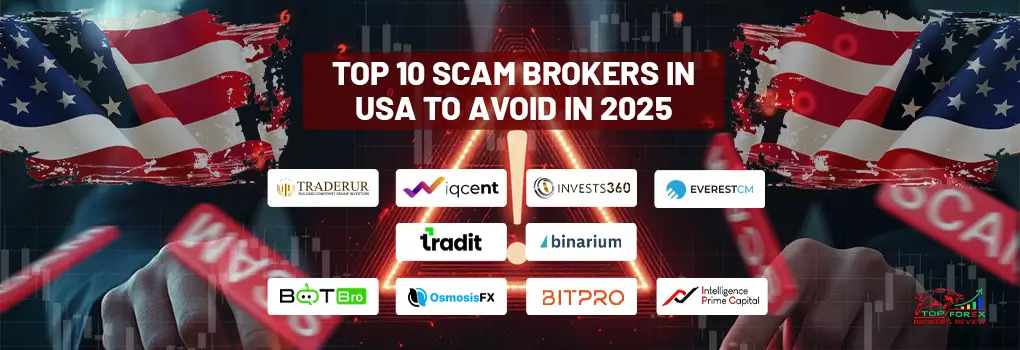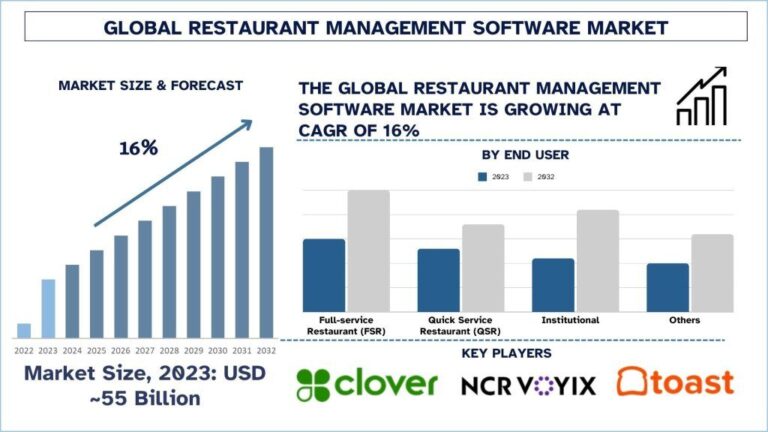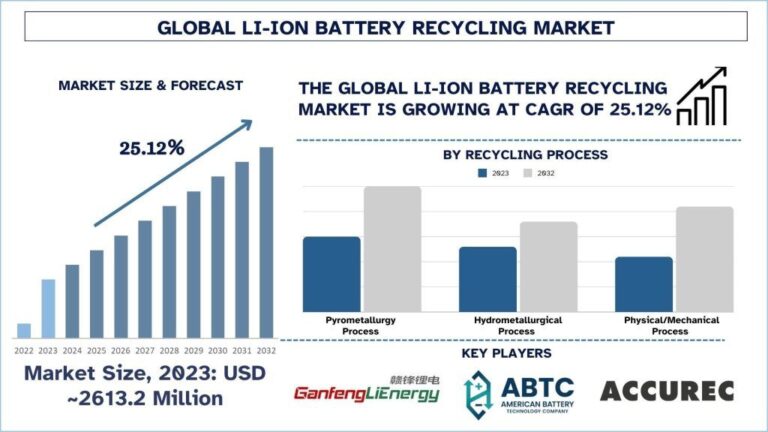
Introduction
The popularity of online trading in forex, cryptocurrency, and stocks has grown rapidly over the past decade. Every day, new traders enter the markets, looking to profit from global financial opportunities. However, this growth has also given rise to a darker side — scam brokers in the USA that prey on unsuspecting investors through deceptive practices, false promises, and unregulated operations.
These fraudulent brokers often use flashy marketing, fake reviews, and bonus offers to appear legitimate. Many even pretend to be registered with trusted financial authorities when, in reality, they are completely unregulated. Once traders deposit funds, these brokers make withdrawals nearly impossible. To help you avoid such traps, here’s a comprehensive list of the, top 10 scam brokers in USA the to avoid in 2025.
1. TraderUR
TraderUR has been widely criticized for its unregulated operations and misleading marketing. The broker promises huge profits and claims to offer advanced trading tools, yet traders report major withdrawal problems and poor customer support. It operates without any recognized financial license, which makes it unsafe for investors.
Why to avoid: Fake regulation claims, withdrawal delays, high fees, and aggressive deposit requests.
2. IQCent
IQCent is another broker that attracts traders through flashy ads and the promise of fast profits. However, it operates under an offshore registration, far from US regulatory oversight. Traders have reported that the platform manipulates spreads and often blocks withdrawal requests without explanation.
Why to avoid: Offshore and unregulated, fake promotions, and unreliable support.
3. Invests360
Invests360 markets itself as a professional broker but fails to provide proof of regulation from authorities like the FCA, ASIC, or CySEC. User reviews reveal problems with account freezes, forced losses, and fake profit claims. The broker uses pressure tactics to make traders deposit more money before they can withdraw.
Why to avoid: No valid license, hidden fees, and repeated withdrawal refusals.
4. EverestCM
EverestCM claims to offer low spreads and secure trading, yet operates without any recognized financial oversight. Many users have accused it of manipulating prices and refusing to release profits. The company also provides false information about its headquarters and registration.
Why to avoid: Misleading company details, fake regulation, and loss manipulation.
5. Tradit
Tradit looks legitimate at first glance but hides critical information about fees and ownership. It pressures traders into depositing more money while making withdrawal procedures extremely complicated. The broker has multiple complaints about frozen accounts and unauthorized charges.
Why to avoid: Lack of transparency, suspicious withdrawals, and fake trading data.
6. Binarium
Binarium presents itself as a binary options and forex broker, but authorities like the FCA and CySEC have flagged it for illegal operations. The broker makes unrealistic promises of guaranteed profits and uses fake marketing to attract beginners. Traders report that after making profits, their accounts get suspended.
Why to avoid: Regulatory warnings, fake returns, and blocked withdrawals.
7. BotBro
BotBro markets itself as a trading platform powered by artificial intelligence. However, it is completely unregulated and has been linked to several online scam reports. Many traders claim that BotBro’s so-called AI tools are fake, designed to create losses so users deposit more money.
Why to avoid: Unlicensed operations, fake AI systems, and missing funds.
8. OsmosisFX
OsmosisFX appears professional, but it is flagged by regulators for operating without authorization. Victims have complained of frozen accounts, impossible withdrawal requests, and fake customer support responses. It often changes its website address to escape negative publicity.
Why to avoid: Fake company registration, unregulated, and frequent rebranding to hide reviews.
9. BitPro
BitPro lures traders with high leverage and tight spreads. However, multiple victims have accused the broker of stealing funds and closing accounts after profitable trades. Since it’s based offshore and unregulated, there’s no legal protection for your money once deposited.
Why to avoid: Offshore setup, fake guarantees, and account manipulation.
10. Intelligence Prime Capital (IPC)
Intelligence Prime Capital, also known as IPC, promises AI-powered automated trading bots. But in 2024 and 2025, regulators around the world flagged it as a Ponzi-style investment scheme. After attracting funds, the company stopped withdrawals and disappeared from several markets.
Why to avoid: Global regulatory warnings, fake AI bots, and frozen withdrawals.
How Scam Brokers Operate
Most scam brokers share a similar pattern. They offer bonus schemes, high leverage, and guaranteed profits to attract investors. Their customer service appears active at first but becomes unreachable once deposits are made. They manipulate trading platforms, inflate spreads, and charge hidden fees. When traders try to withdraw funds, the broker invents reasons — such as “account verification delays” or “ongoing trade audits” — to block access to the money.
These fake brokers also buy positive reviews and fake ratings to build credibility. Once enough traders complain or expose them, they shut down their website and reopen under a new name.
How to Identify a Scam Broker in the USA
Before opening an account, check these important points:
Regulation: Verify if the broker is licensed by CFTC or NFA.
Transparency: Legitimate brokers publish company details, addresses, and regulation numbers.
Withdrawal Policy: Always read terms before depositing.
Promises: Avoid platforms that guarantee profits or advertise “risk-free” trading.
User Reviews: Look for independent feedback from trusted finance forums or review sites.
If any broker hides its license or operates under offshore regulation, treat it as a red flag.
What to Do If You’ve Been Scammed
If you suspect you’ve been scammed by a broker, take immediate action. Stop depositing funds and collect all proof of transactions, chats, and emails. Then, file an official complaint with regulatory bodies like the CFTC, NFA, or FCA. Contact your bank or payment provider to request a chargeback. You can also post warnings on review websites to help other traders avoid the same trap.
Never trust anyone who claims they can recover your funds instantly for a fee — many of those are recovery scams too.
Trade Safely with Regulated Brokers
While scam brokers exploit traders, many legitimate and regulated brokers offer safe trading environments. Reputable names like FP Markets, Eightcap, IC Markets, FxPro, FBS, and Octa are well-regulated by top authorities such as ASIC, CySEC, and FCA. These brokers maintain transparent fee structures, verified licenses, and reliable withdrawal systems — everything a trader needs to trade confidently in 2025.
Final Thoughts
Scam brokers continue to evolve, but so do trader awareness and regulatory measures. The key to avoiding scams is research and verification. Always choose a broker that is transparent, licensed, and well-reviewed by real users. Avoid offshore platforms, ignore guaranteed profit claims, and never rush into depositing funds.
In 2025, staying informed is your strongest defense. Trade smart, trade safe — and always choose regulated forex brokers over flashy promises.


